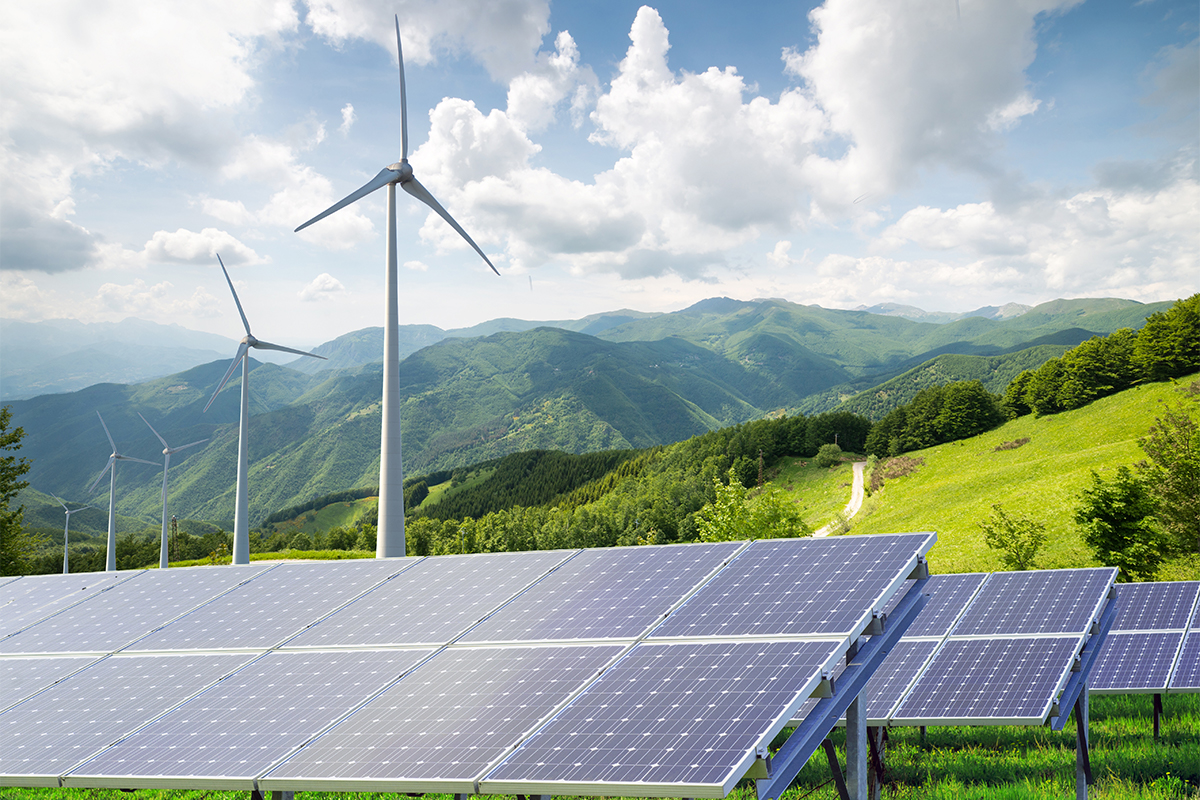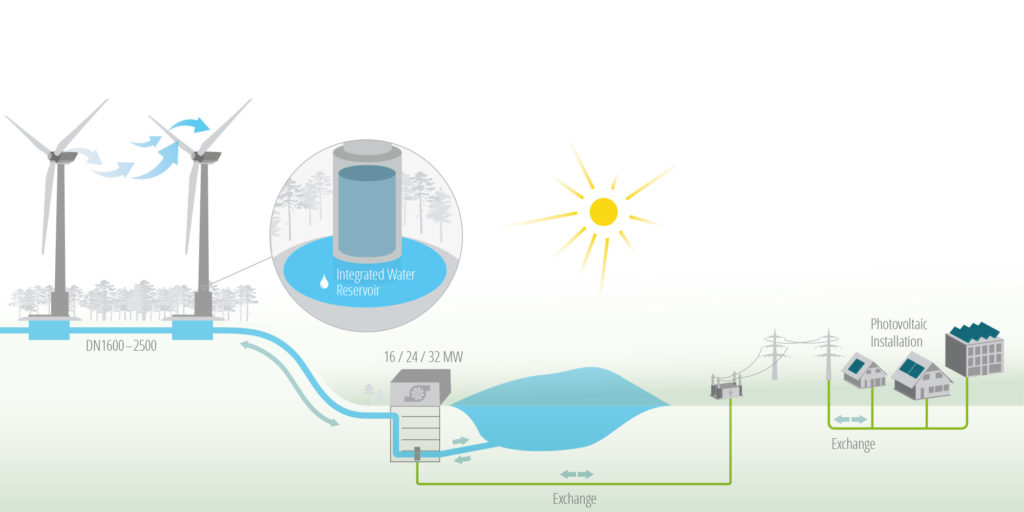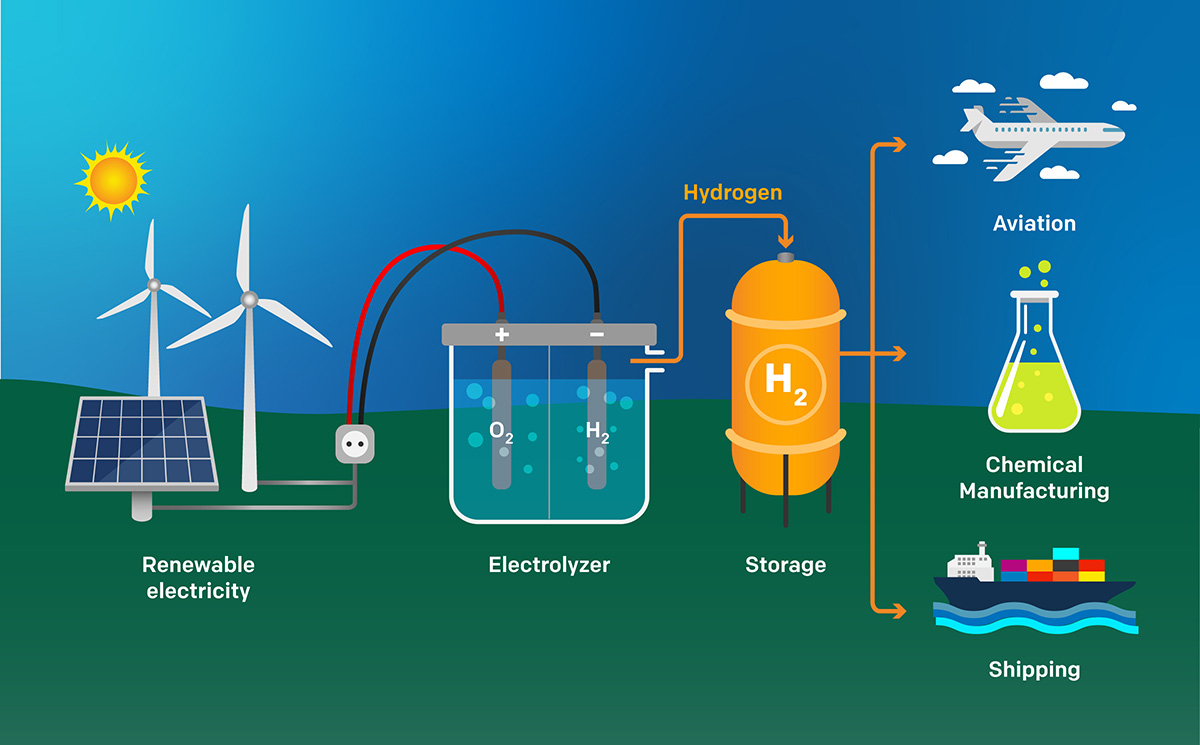As experts in the field of renewable energy, they are committed to promoting the use of clean, sustainable energy sources to power our world. We understand the importance of accurate and reliable information in helping people make informed decisions about their energy needs. In this article, we present the clean facts you need about renewable energy and why it is the best option for a sustainable future.
What is renewable energy?
Renewable energy is any form of energy generated from natural sources that replenish themselves over time, such as sunlight, wind, water, geothermal heat, and biomass. Unlike fossil fuels, which are limited and non-renewable, renewable energy sources have the potential to provide an infinite supply of clean, affordable energy.
Why choose renewable energy?
There are many advantages to choosing renewable energy over traditional fossil fuels. For example
- Reducing greenhouse gas emissions: Burning fossil fuels releases carbon dioxide and other pollutants that contribute to climate change and air pollution. Renewable energy sources emit little or no greenhouse gases, making them a much cleaner option for the environment.
- Saving money: Renewable energy is becoming increasingly cost-competitive with fossil fuels, and in some cases already cheaper. By investing in renewable energy, you can save money on your energy bills and reduce your dependence on volatile energy markets.
- Creating Jobs: The renewable energy industry is a growing sector that is creating new jobs and opportunities for people around the world. By choosing renewable energy, you can help support a more sustainable and equitable economy.
- Improving Energy Security: Renewable energy sources are widely distributed around the world and are not subject to the same geopolitical risks as fossil fuels. By investing in renewable energy, you can help increase energy security and reduce the risk of supply disruptions.
What are the different types of renewable energy?
There are many types of renewable energy, each with specific benefits and difficulties. Some examples of popular renewable energy sources include:
- Solar Energy: Solar panels can be used to collect solar energy, which is emitted by the sun's rays. Solar power is a reliable and abundant source of energy that is becoming increasingly cost-effective and efficient.
- Wind Energy: Wind turbines can be used to capture wind energy, which is a byproduct of air movement. A safe and reliable energy source, wind power can be used to power buildings, neighborhoods and even entire cities.
- Hydropower: Geothermal power plants or ground source heat pumps can be used to generate geothermal energy, which is derived from the Earth's heat. Geothermal energy is a reliable and clean form of energy that can be used to generate electricity as well as heat and cool buildings.
- Geothermal Energy: Geothermal energy is derived from the heat of the Earth and can be harnessed through the use of geothermal power plants or ground source heat pumps. Geothermal energy is a clean and reliable source of energy that can provide both electricity and heating and cooling.
- Biomass energy: Biomass energy can be used to generate heat, electricity or transportation fuel and is derived from biological resources such as wood, crop residues or garbage. Biomass is a sustainable energy source that can help cut down on waste and greenhouse gas emissions.
How can you switch to renewable energy?
It's easier than ever to switch to renewable energy, and many solutions exist to match your demands and budget. There are several ways to switch to renewable energy, including:
- Installing solar panels on your roof
- Joining a community solar program
- Purchasing renewable energy certificates (RECs)
- Choosing a green energy provider
- Investing in a renewable energy project
Conclusion
In short, using renewable energy to power our world is a clean, cost-effective and long-term solution. By switching to renewable energy, we can reduce our carbon footprint, save money, create jobs and build a more resilient and equitable future for all. We are committed to providing you with the knowledge, services and solutions you need to switch to renewable energy and help you reach your energy objectives. Learn more about switching to sustainable energy sources.



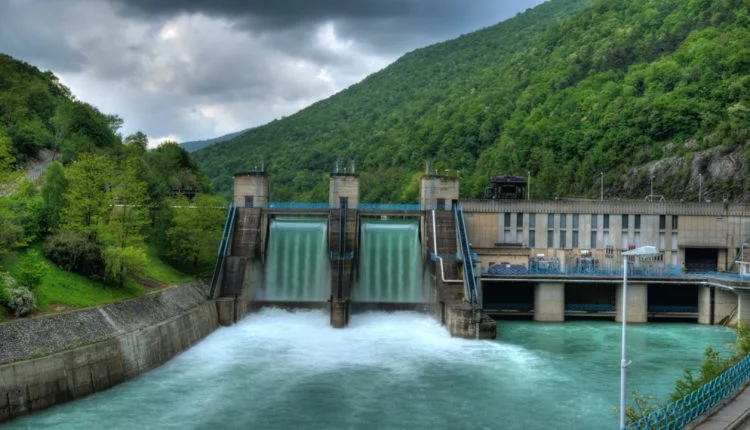
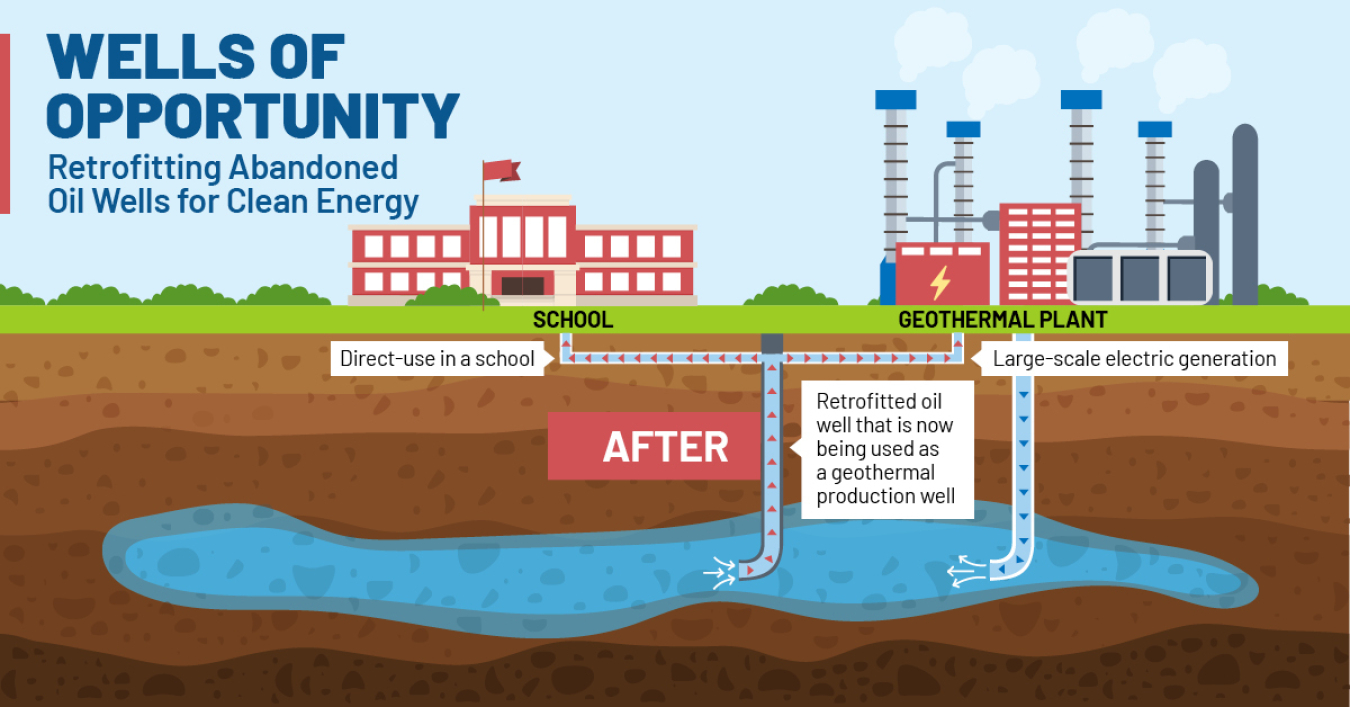

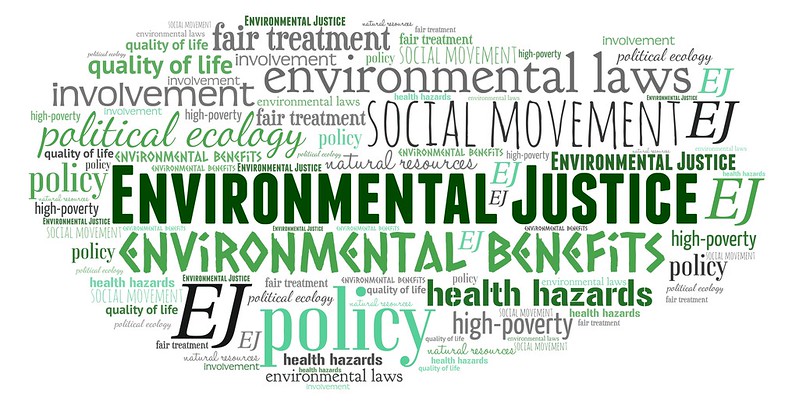


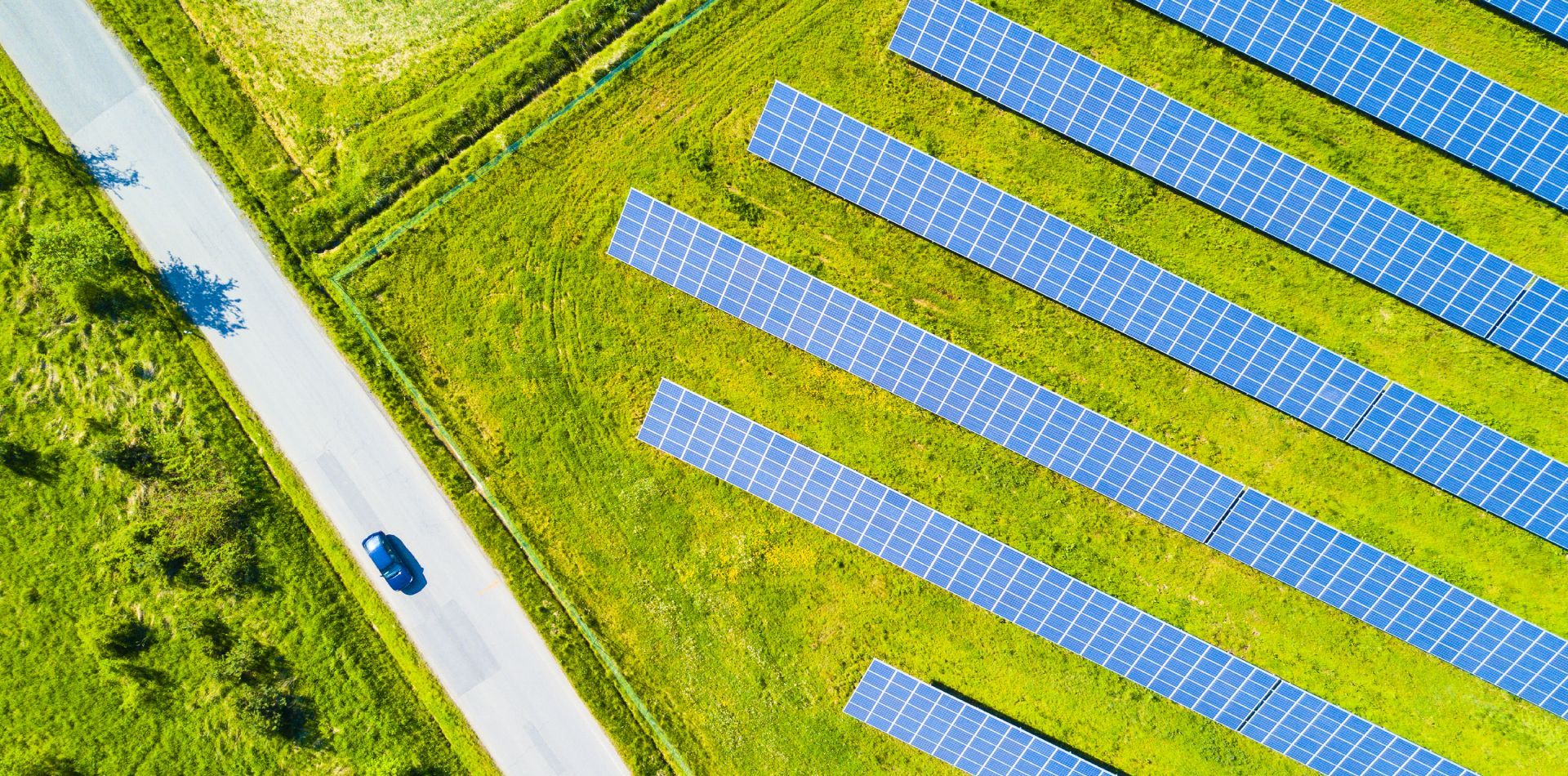

.jpg)
